ABB Legacy & Evolution: Decoding the 1C31124G02 and 1C31125G01 Network Interface Modules Q: What is the ABB 1C31124G02 and what is its role in an INFI-90 system? A: The ABB 1C31124G02, commercially known as the NPM 21 (Network Processing Module 21), is the standard network gateway in the Bailey INFI-90 DCS. Its primary function is to serve as the critical communication bridge between a local control cluster (via the Control Bus or C-Bus) and the plant-wide supervisory network (the INFI-NET fiber-optic ring). It reliably packages and routes process data and commands, making it the fundamental building block for system-wide data exchange. Q: How does the ABB 1C31125G01 differ from the 1C31124G02? A: The ABB 1C31125G01, designated as the NIS 23 (Network Interface Submodule 23), is the direct, high-performance successor to the NPM 21. While it fulfills the identical core role of a C-Bus-to-INFI-NET gateway, the 1C31125G01 is engineered with enhanced hardware for greater processing speed and data throughput capacity. It is designed for network nodes under higher communication loads or in systems requiring extra performance headroom. Brief Overview of Advantages and Disadvantages The 1C31124G02 (NPM 21) boasts the advantages of proven reliability, extensive field history, lower cost, and seamless compatibility as a drop-in replacement in legacy nodes. Its main disadvantage is its limited performance ceiling, which can become a bottleneck in expanded or data-intensive applications. Conversely, the 1C31125G01 (NIS 23) offers the significant advantage of superior performance and higher data bandwidth, effectively future-proofing critical network nodes. Its primary disadvantages are a potentially higher acquisition cost and the need for careful compatibility checks in mixed-vintage systems, as its necessity is not universal across all nodes. The High-Performance Workhorse: A Closer Look at the 1C31125G01 The development and deployment of the 1C31125G01 marked a strategic evolution within ABB's INFI-90 ecosystem. As industrial processes grew more complex and the demand for real-time data increased, the standard 1C31124G02 could, in some scenarios, constrain overall system performance. The 1C31125G01 was ABB's engineered response to this challenge. This module was not a departure from the proven architecture but an enhancement of it. Physically similar and often interchangeable in the same slot within a Processor Main Module Unit (PMU), the 1C31125G01 provided a straightforward upgrade path. Its improved processor and optimized firmware allowed it to handle larger volumes of tag data, more frequent updates, and complex peer-to-peer communications across the INFI-NET with greater efficiency. This made the 1C31125G01 the ideal choice for key system nodes, such as those attached to large process units, centralized data historians, or primary operator workstations where network traffic is concentrated. By deploying the 1C31125G01 in thes...
Read More Trust Guaranteed
Trust Guaranteed Customer Support
Customer Support




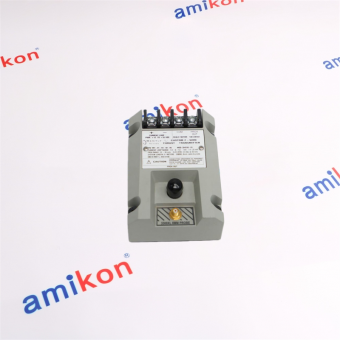

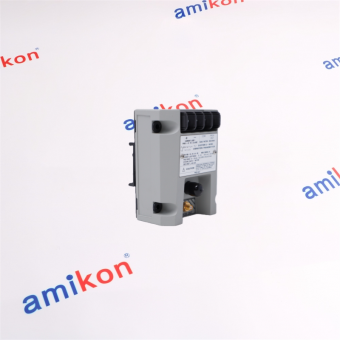
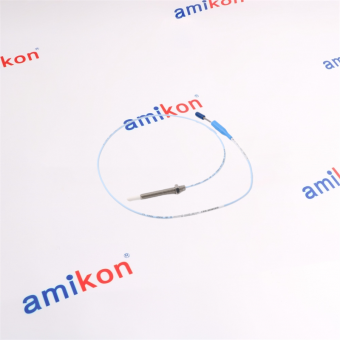
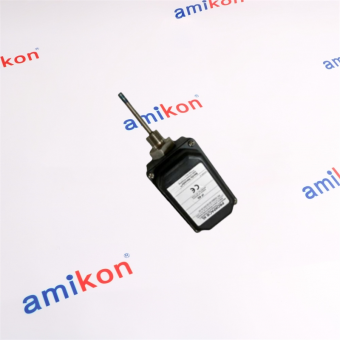







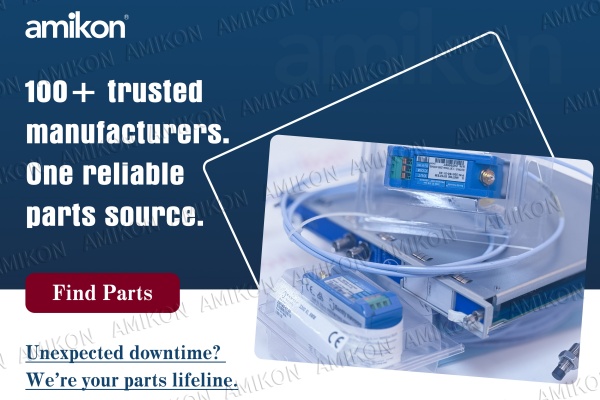

 IPv6 network supported
IPv6 network supported




